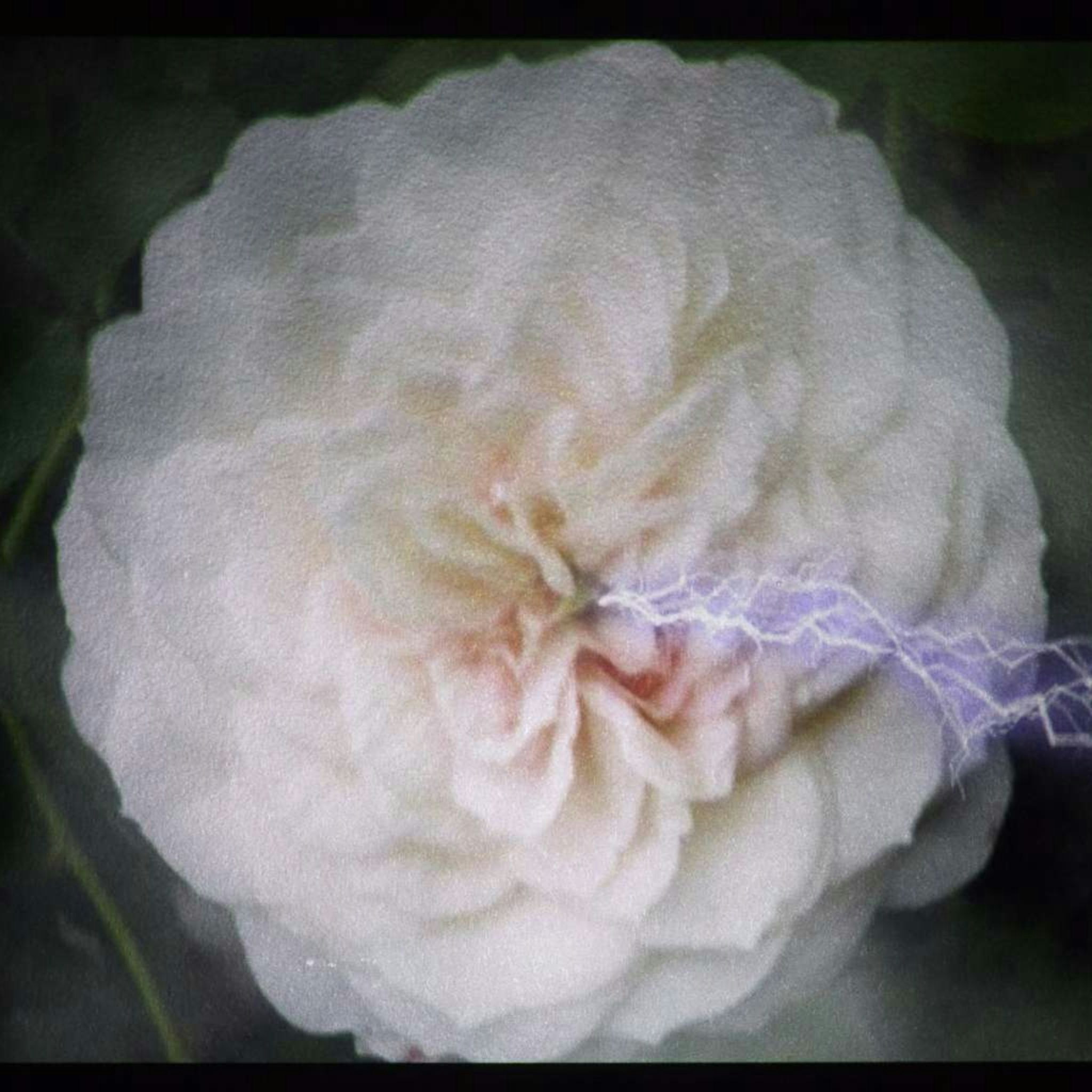Anicka Yi - The Flavor Genome

Courtesy of the Fondation Louis Vuitton. Work presented in partnership with Solomon R. Guggenheim Museum, New York © Anicka Yi
- Place
-
Espace Louis Vuitton München
-
Maximilianstrasse 2a
-
80539 München
- Phone
-
+49 89 55 89 38 100,
- Hours
-
Monday–Friday : 12p.m.–7 pm; Saturday: 10 am–7 pm
For its new exhibition, the Espace Louis Vuitton München invites you to uncover an emblematic work by Korean-American artist Anicka Yi, The Flavor Genome (2016), honouring Yi’s receipt of the 2020 “Award for the Filmic Oeuvre“ presented by Louis Vuitton in association with Munich’s biennial festival KINO DER KUNST, which investigates the connection between visual art and cinema. This 3D projection is displayed in conjunction with a work by American artist Trisha Donnelly. Both works, which belong to the Collection, are presented within the framework of the Fondation Louis Vuitton “Hors-lesmurs” programme.
Born in 1971 in Seoul (South Korea), Anicka Yi examines the animal world, exploring the crossroads of species, hybridity and pollination. The Flavor Genome is an in-depth reflection on the union of plants and animals and the potential of artificial scents and flavours. Shot in 3D in Brazil’s rainforest, the film switches from scenes in which the artist compiles data (while strolling languorously in an orchid greenhouse or being ferried in a canoe), animated segments showing cells and microorganisms, and an anonymous scientist working on orchid petals in her laboratory. In addition, many surreal juxtapositions pair science-fiction memories with a decidedly biomedical scientific vocabulary, showing a perception of nature influenced by new scientific and technological advances, as well as resource depletion in the Global South caused by uncontrolled consumption in Western societies.
In parallel, the video Untitled (2008) is the fitting example of Californian artist Trisha Donnelly’s œuvre. An iconic figure of the New York art scene, Donnelly develops a singular practice composed of hybrid forms populating a world that is at once strange and familiar, where scanned or filmed images are manipulated, moulded or shredded to the point of non-existence, resembling a living, malleable, sensitive organism exposed to every possible use by the artist. Through hypnotic projections, Donnelly challenges you to look beyond appearances, involving you in an intense sensory experience. All her works are named Untitled and never have the usual museum labels or explanatory blurbs nearby. Untitled (2008) is emblematic in this way: an enigmatic expression of incommunicability, featuring a surreal contemporary Internet collage, mixing rays of energy or lightning radiating from a rose, a photo of a woman in uniform smoking a cigarette, and a mysterious synthetic fog. Be it vision or reminiscence, this mental imagery creates a feeling of strangeness suspended in time.
Through a visual montage and the study of aromas, these two artists examine how senses and perception influence our behaviour - in the words of Anicka Yi, “a biopolitics of the senses”. This exhibition, confronting the two artists’ corollary oeuvres, shows intentionally strange and fantastic works, focusing on a natural world influenced by new technological and scientific advances.
The artists
Anicka Yi
Drawing on research by scientists, biologists and perfumers, Anicka Yi has produced a unique body of work over the past 12 years, at the intersection of politics and macrobiotics.
Yi was born in South Korea. From the age of two she has lived in the United States, first in Alabama, then in California. She has said that she grew up in a Korean-American home. After graduating from Hunter College (New York), she moved to London where she worked for several years as a fashion stylist and advertising copywriter. At the age of 30 she began to experiment with art while developing an interest in perfumery and science.
Yi is known for working with various materials including ants, fur, body fluids and bacteria, in installations, sculptures and films. The result of an alchemic process of experimentation, exploring often incompatible materials, her works are immersive, using 3D video or olfactory environments. While seeking to break free from the supremacy of the visual medium, Yi is interested in the way that sense and perception are culturally conditioned and speak to this subject of "a biopolitics of the senses”.
Her exhibition You can call me F, conceived in 2015 with biologist Tal Danino and presented at The Kitchen in New York, involved cultivating bacteria to answer the question What does feminism smell like?. Yi and Danino pursued this work through a residency at MIT on the theme of The Art and Science of Bacteria.
In 2016, Yi received the Hugo Boss prize from the Guggenheim Museum in New York. There, in 2017, she presented her first exhibition, Life is Cheap, which explored her “socio-political interest in the olfactive”.

Trisha Donnelly
In 2002, Trisha Donnelly created one of her best-known “events”. Arriving on horseback at the Casey Kaplan Gallery, dressed as a Napoleonic soldier, the artist announced that the Emperor had abdicated.
This surreal intervention, now legendary, sums up Donnelly’s strangeness and mode of working. Her exhibitions are fragmented and her art takes the form of non-sense; she refuses traditional communication methods and instead expresses herself through allusion. In 2005, at an exhibition Donnelly organised at the Grazer Kunstverein in Cologne, she played Untitled (2005), a recording of an organ concert, for a few minutes after the doors opened every day, and again just before they closed. For its late or rushed visitors, the exhibition featured drawing and constructions, as well as an otherworldly voice heard at irregular intervals, uttering the words “Oooh Eeegypt”. With its mystical explorations and ethereal aesthetic, Donnelly’s work bears some similarity to the esotericism of the 1960s. Nonetheless, it clearly refers to a contemporary period of hyper-communication, fragmented, colliding images and rapid consumption. It is not authoritarian; it allows the spectator to become involved, or not, to accept the work or not.


